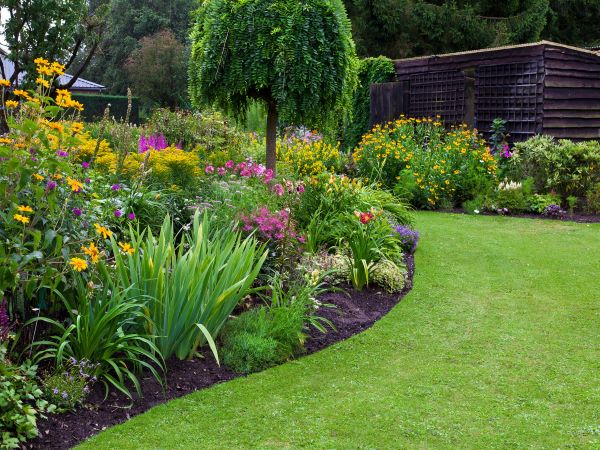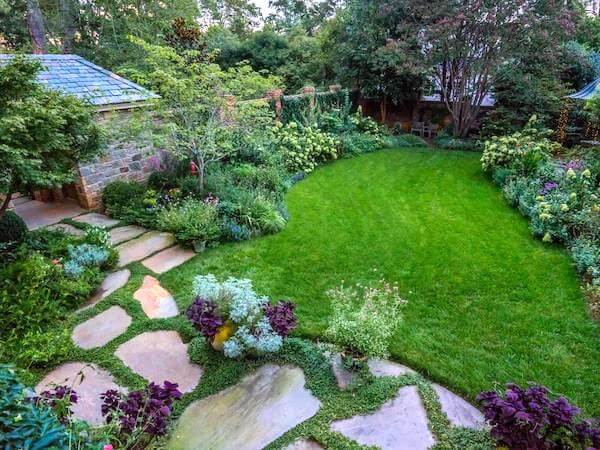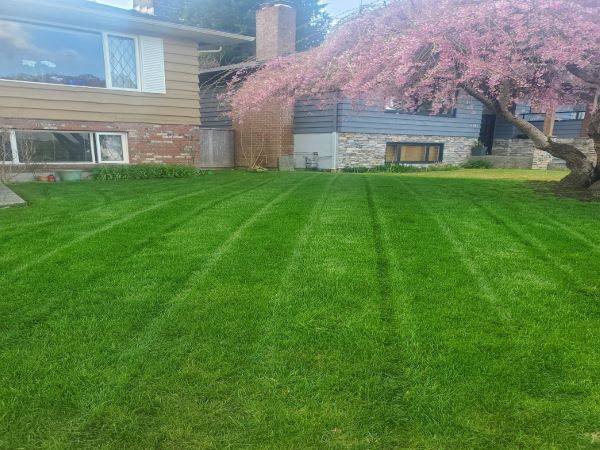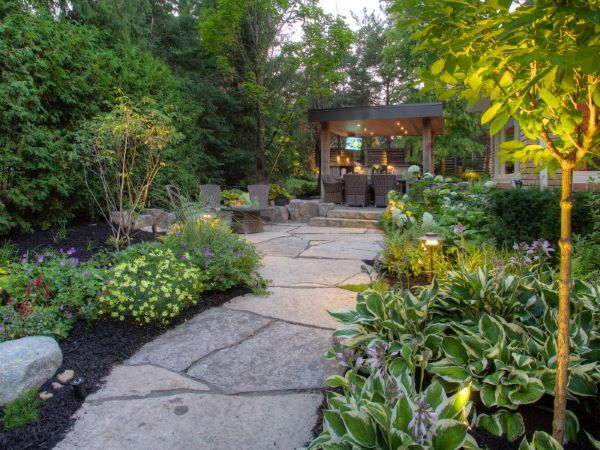Gardening success largely depends on understanding and working with the soil in your garden. Different soil types have unique characteristics and cater to various plant needs. Whether you’re in the heart of Vancouver or the outskirts, knowing your garden’s soil type can transform your gardening experience. Here’s a practical guide to the five main soil types and the plants best suited for each, helping you achieve a thriving, vibrant garden.
1. Clay Soil: Rich but Dense
Characteristics: Clay soil is nutrient-rich but heavy, with poor drainage and slow warming in spring. It can be challenging but rewarding for gardeners willing to work with its unique properties.
Best Plants for Clay Soil:
- Shrubs: Roses and Hydrangeas take advantage of clay’s moisture retention for lush growth.
- Perennials: Astilbe and Japanese Iris thrive in clay’s wet conditions, adding color and texture.
- Trees: Maple and Crabapple trees do well in clay, providing structure and shade to your garden.
2. Sandy Soil: Light and Quick to Drain
Characteristics: Sandy soil is dry, light, and drains quickly, often leading to challenges in nutrient retention and moisture.
Best Plants for Sandy Soil:
- Vegetables: Root vegetables like Carrots and Radishes grow well in sandy soil, thanks to its loose structure.
- Herbs: Lavender and Rosemary, with their preference for dry conditions, thrive in sandy environments.
- Shrubs: Junipers and Butterfly Bushes are ideal for sandy soil, adding diversity and color.
3. Loamy Soil: The Ideal Blend
Characteristics: Loamy soil is often considered the perfect gardening soil, with a balanced mix of sand, silt, and clay. It offers good drainage while retaining moisture and nutrients.
Best Plants for Loamy Soil:
- Vegetables: Almost all vegetables, especially Tomatoes and Cucumbers, flourish in loamy soil.
- Flowers: Annuals and perennials, such as Zinnias and Black-eyed Susans, produce vibrant blooms in loam.
- Trees: Fruit trees, including Apple and Pear, yield abundant harvests in loamy conditions.
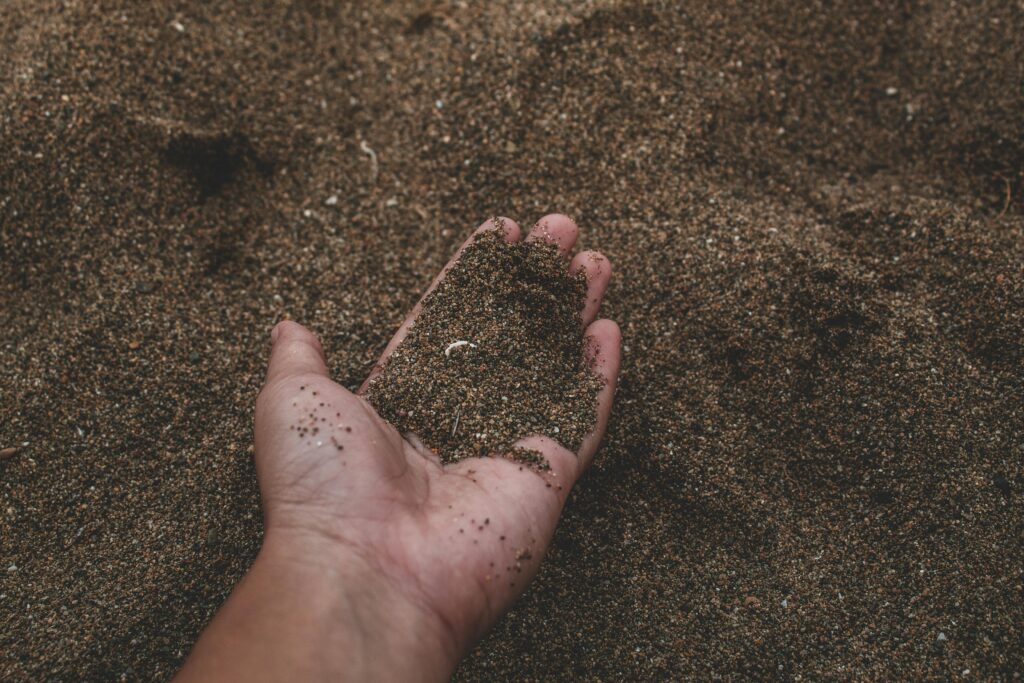
4. Peat Soil: Moist and Acidic
Characteristics: Peat soil is high in organic matter, retains a lot of moisture, and is typically acidic. It’s excellent for acid-loving plants but may require amendments to suit a wider range of garden plants.
Best Plants for Peat Soil:
- Shrubs: Rhododendrons and Azaleas benefit from the acidity and moisture of peat soil.
- Vegetables: Salad greens like Spinach and Lettuce appreciate the moisture retention.
- Perennials: Carnivorous plants and Heathers are fascinating additions to peaty gardens.
5. Chalky Soil: Alkaline and Stony
Characteristics: Chalky soil is alkaline with a high pH and often contains stones. It drains well but can be challenging for plants requiring more acid or moisture.
Best Plants for Chalky Soil:
- Shrubs: Lilacs and Mock Oranges adapt well to chalky soil’s alkaline conditions.
- Herbs: Thyme and Sage prosper in the well-drained, chalky substrate.
- Trees: Beech and Hawthorn trees grow strong in chalky soils, enhancing the garden’s structure.
By identifying your garden’s soil type and pairing it with the right plants, you can ensure your garden not only survives but thrives. This guide to soil types and their ideal plant companions is a starting point for creating a lush, vibrant outdoor space that reflects the beauty and diversity of nature. Whether you’re a novice gardener or a seasoned green thumb, understanding the foundation beneath your feet is key to gardening success.
Incorporating the right soil type for your garden’s specific needs can dramatically improve plant health and garden vibrancy. For those looking to ensure their garden not only survives but thrives, considering the assistance of a professional softscaping and maintenance team can be a wise move. Such teams have the expertise to assess, amend, and enrich your garden soil, perfectly tailoring it to support your chosen plants. While the guidance provided here is a great starting point, leveraging the knowledge and skills of softscaping professionals can help you navigate the complexities of soil management and plant care, making your gardening journey more enjoyable and successful.
Latest
Making the Most of Winter 2025: Guide to Snow Removal and Cold-Weather Projects in Vancouver

The Definitive 2024 Vancouver Landscaping Tree Guide for Your Yard: A Guide to Selection, Care, and Pricing
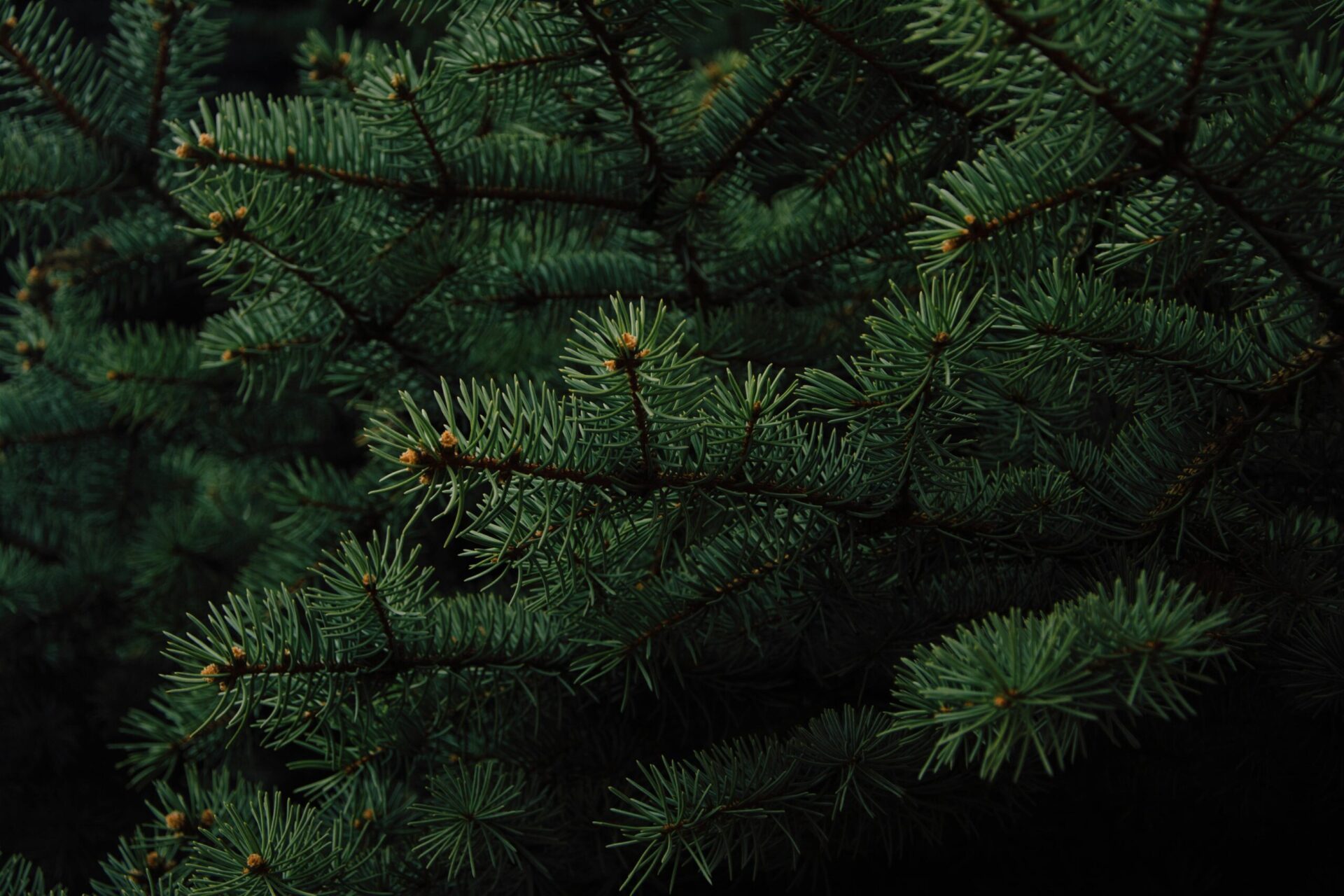
Fall Landscaping Guide for Vancouver in 2024: Maintenance, Hardscape and Softscape Transformations, and Winter Preparation
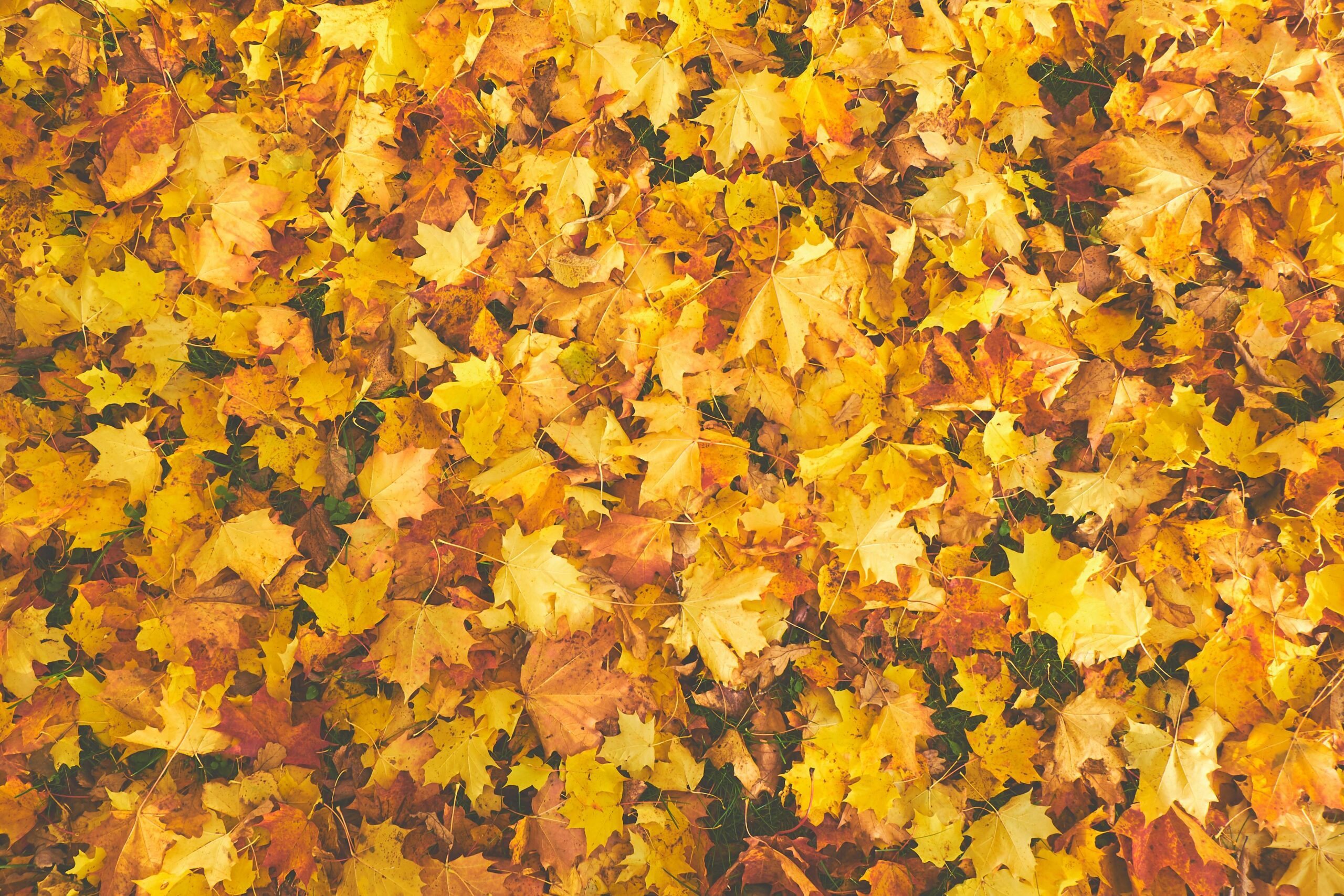
Thinking About Installing a Sport Court in Vancouver, BC? Here’s What You Need to Know
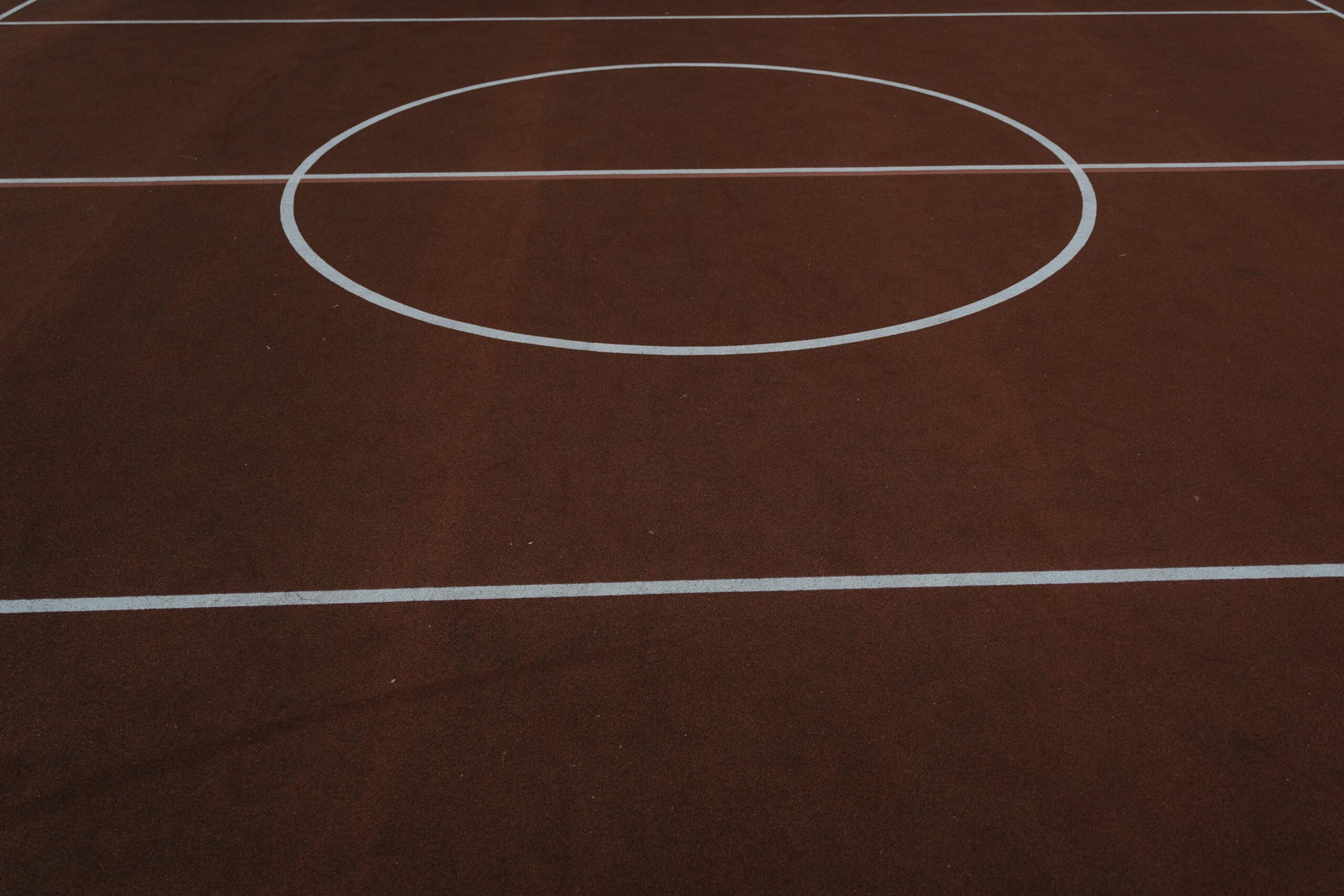
Vancouver Irrigation: The 6 Best Types for Your Garden
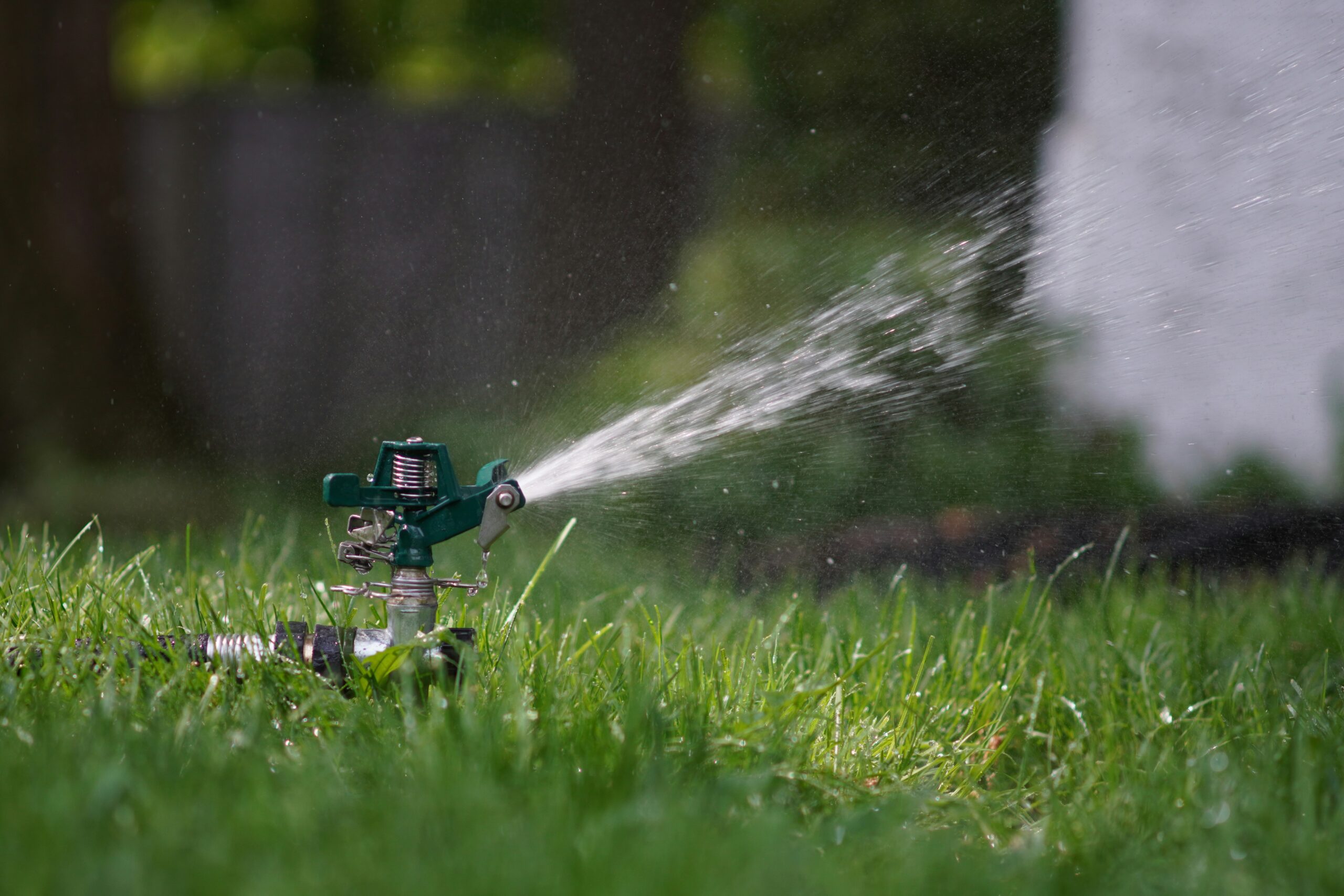
Looking to upgrade your outdoor space? Seymour Lawn and Garden is here to help. Our team of gardening experts specializes in crafting beautiful, sustainable landscapes that meet your specific needs. Contact us today, and let us transform your garden into a space you'll love all year round!
